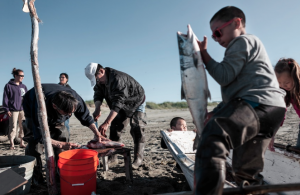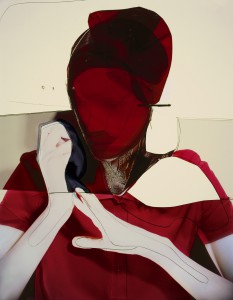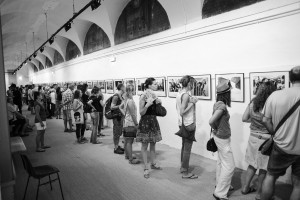Whilst reviewing work for Les Rencontres d’Arles recently, I had the pleasure to meet & refamiliarize myself with the work of Slovenian photographer Ciril Jazbec. I had first come across him when he was a student on the MA Photojournalism and Documentary Photography course at the London College of Communication, where he has now graduated. The standard of work produced on this course is particularly high because of the propulsive approach to visual story telling that it cultivates. Even so, Jazbec’s work stood out.
His portfolio in Arles centered on two main stories; ‘Waiting to move’ about the Inupiaq Inuit community of Shishmaref, Alaska and ‘Kiribati is gone’. Both environmentally concerned, long-term photo essays. Each story focused on a community whose future lay in flux since the advancing threat of rising sea levels and increasingly aggressive climatic storms. Once in the media spotlight, these communities have since been abandoned and left to seek their own resolution. His visual approach showed an arcane sense of understanding and sensitivity. “I grew up surrounded by nature, by its authenticity and brutality. I assumed nature’s graphic style – strong contrasts, clean lines, multi-layed. I feel overwhelmed by nature, by the climate changes. By our primal feelings, directing us into the closest intimacy possible”.
Jazbec recently won the Leica Oskar Barnack Newcomer 2013 award, which was presented to him on the July 3, 2013 during the festival. I was delighted when he also subsequently won Les Rencontres d’Arles Photo Folio Review and was presented with his award by Francois Hebel on stage at Saturday’s screenings.
He is predominantly interested in covering stories that address issues of modernity. “How do traditional communities live? How is their tradition facing the modern world? How can my story become inspiring? How to create a positive, constructive story? How to identify possible solutions? I want to show the world things such as gratitude, solidarity and respect. These things give me drive. Searching for hope that illustrates changes”




